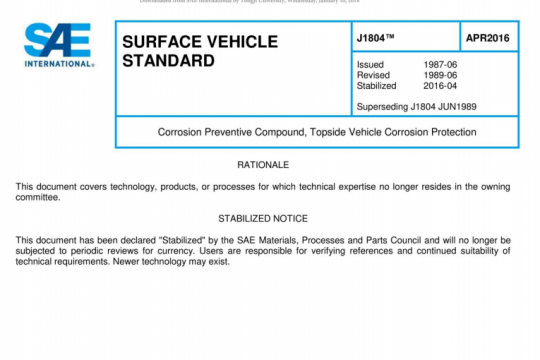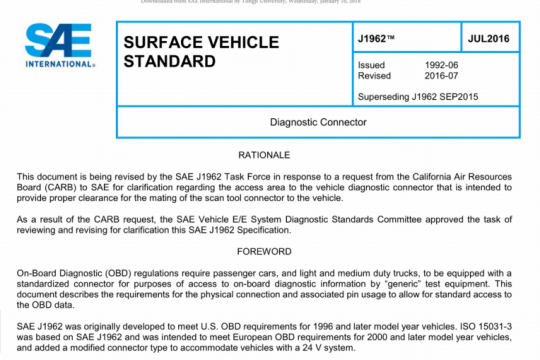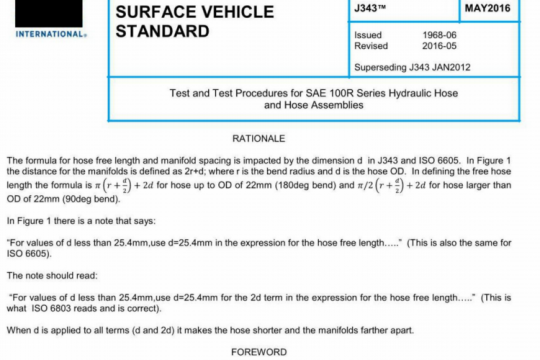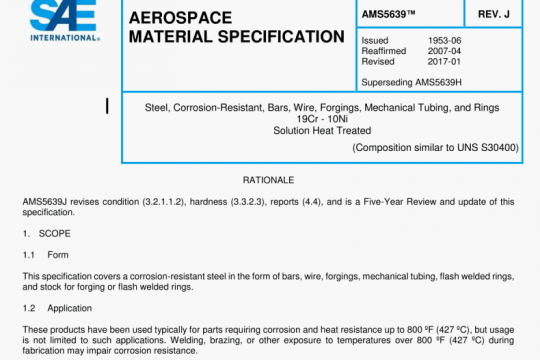SAE J2582:2018 pdf free
SAE J2582:2018 pdf free.Automotive Ductile Iron Castings for High Temperature Applications
High temperature ductile iron is a ductile (or nodular or spheroidal graphite) iron alloyed for applications where resistance to elevated temperature effects is an important material property. High temperature ductile iron castings may be used in the as-cast condition or, as agreed between the foundry and the purchaser, it may be heat treated.
Many applications of high temperature ductile iron are in predominantly thin section (<6 mm) castings for which the standard 10 mm ball/3000 kgf Brinell Hardness Test is inappropriate. Users of this document should consider carefully which alternative hardness test methods will be employed and at which point or points on the casting the hardness measurement will be made.
Other chemical elements of interest, not covered in Table 1 are shown in Table A1. The ranges are illustrative only and individual foundries will typically hold ranges significantly narrower than those indicated in Table A1. Other elements, notably copper, nickel, cerium and other rare earth metals, may also be present.
The microstructure of high temperature ductile iron consists of spheroidal graphite nodules in a matrix composed of ferrite and, in substantially lesser amounts, pearlite. The actual amount of pearlite present in a given casting section will depend upon the grade of material specified, the effective cooling rate experienced by that section, the details of the chemical composition and heat treatments, if any.
Depending on the grade of material chosen and other influences as described above in A.4.1,minor amounts of carbide may be present at eutectic cell boundaries. These are often a complex mix of iron and molybdenum carbides which can be decomposed, completely or partially, by appropriate heat treatment.
The mechanical properties expected in the various grades of high temperature ductile iron when poured into separate, standard test coupons (in accordance with ASTM A 536) are shown in Table A2. Test results obtained from sections cut from castings can be expected to vary, i.e., be greater or less, depending upon casting geometry and the actual cooling rate experienced by the section.SAE J2582 pdf free download.




